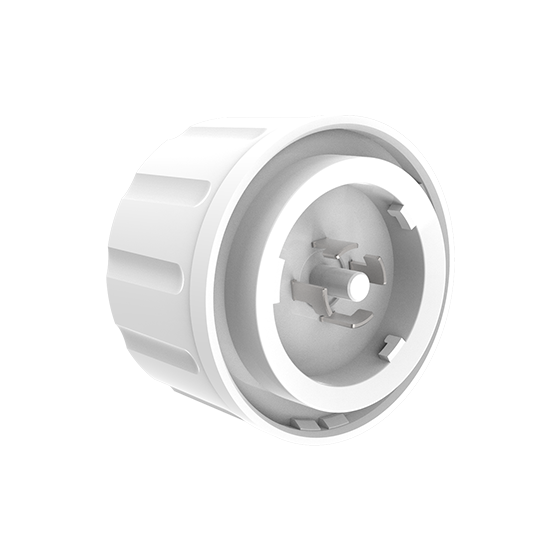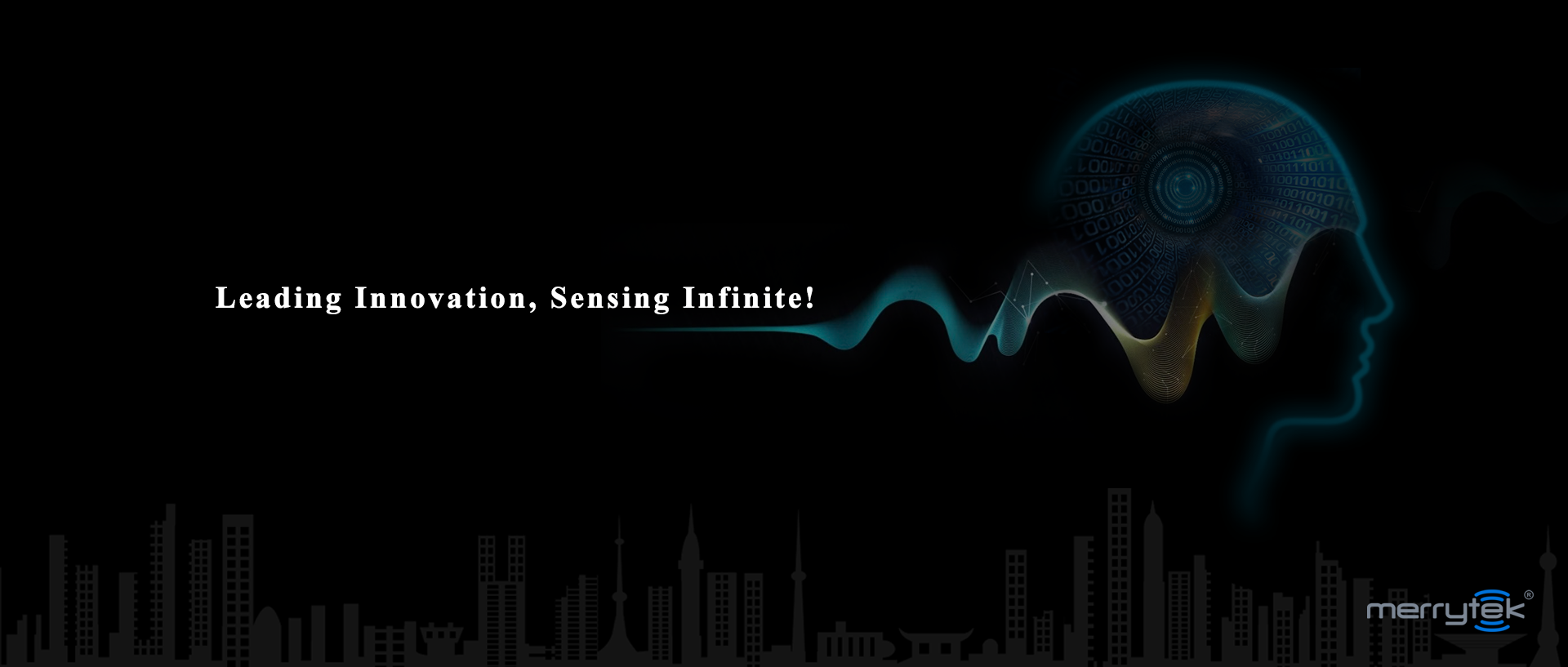Modern industrial facilities like warehouses or factories demand an efficient lighting system that ensures both productivity and safety requirements are met optimally. One effective way to achieve enhanced lighting efficiency for large areas is by adopting high bay sensors which can regulate illumination intelligently based on occupancy or natural light levels prevailing within the space. This innovative technology presents numerous advantages including reduced energy consumption costs. To guide you better towards understanding this concept efficiently implementing it into your facility operation processes- our article aims to provide comprehensive insights about what high bay sensors entail- exploring deeper into its functionality, their effectiveness in industrial settings along with valuable tips on successful implementation.
Introduction
The pursuit of sustainable practices is crucial today more than ever, particularly in industrial settings where responsible resource usage has become mandatory. In this regard, the implementation of high bay sensors offers a promising means of impr
oving efficiency when it comes to illuminating massive spaces while minimizing costs incurred by excessive energy consumption. By controlling illumination depending on natural light availability as well as occupancy rates within vast areas featuring towering ceilings – such as storage facilities or production plants – these specialized devices contribute significantly towards an eco-savvy and cost-saving setup.
Understanding High Bay Sensors
High bay sensing units detect spatial movements through occupancy sensing (PIR) or presence detection (ultrasonic). With either one or both technological elements combined; this device can expertly adapt to required illumination needs over time.
PIR detection senses changes through body heat movements while ultrasonic technology detects noise echoes produced by spatial changes around it.While constantly providing real-time analysis; data delivered helps sensors intelligently modify output levels to an extent that provides just enough illumination at specific times thus keeping energy waste low and functionality high within the designated industrial space.
Implementing High Bay Sensors Effectively
Getting the maximum value from high bay sensors requires proper implementation. Here are some important guidelines for success:
Considerations for Installation
The correct installation process is vital for positioning these sensors strategically so they cover your industrial space comprehensively. To achieve this goal while accounting for ceiling height, obstructions, and area layout may require working closely with experts in lighting or sensor installation who understands best practice methods to help you optimize placement and configuration.
Programming and Customization Options
Industrial spaces require large amounts of light for optimal performance. High bay sensors offer programmable features that can help achieve this goal by customizing sensor settings such as sensitivity, time delays, and dimming levels based on specific requirements. Adjusting these parameters creates a tailored lighting solution that maximizes efficiency and effectiveness while adapting flawlessly to environmental characteristics.
The Bottom Line
In a nutshell, efficient industrial lighting is the need of an hour. High bay sensors not only offer effective solutions but also reduce costs, and increase energy savings while improving the quality of illumination. Incorporating an intelligent control system for illuminating space intelligently through high bay sensors would give better results in optimizing the overall illumination infrastructure, providing sustainability & comfortability for an ideal working environment that is desirable for any organization to be future-ready.



